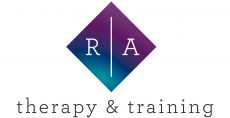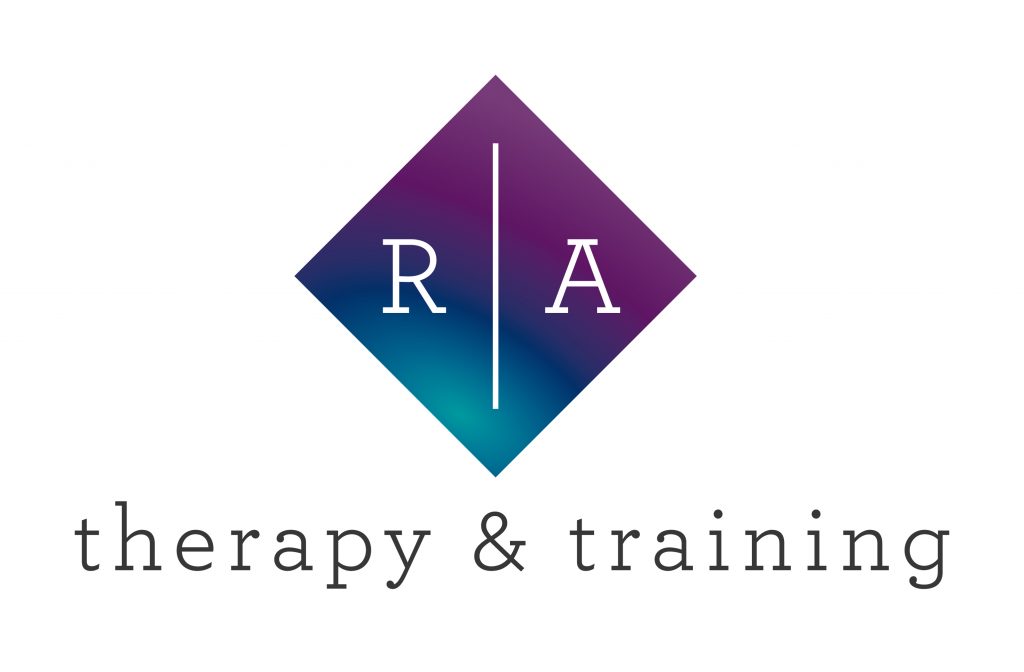Ever since I began coaching riders (possibly a million years ago) I found it obvious to see if a rider was straight in their saddle, or asymmetrical in some way. However, it quickly became apparent that what I could see and what my riders believed they were doing were poles apart!
We train our horses to respond to a series of bilateral pressure-based aids, therefore in order to communicate clearly and get the best from our horses we need to be able to sit in balance. In halt, or the ‘neutral position’ viewed from the front, the horse’s neck, withers, and spine should form a straight line, with the rider’s nose, chin, breastbone, and belly button forming a perpendicular line. Viewed from the back, the rider’s head and spine should also be in line with the horse’s spine and from the side the rider’s ears, shoulders, hips, and heels should align. Unfortunately finding this perfect posture can feel like you’re searching for the holy grail!
When a rider is asked to alter their position, they can, but often only for a moment. The bodies proprioceptive system has a habit of telling them the new position is wrong (it lies!) and they quickly revert. In many cases this is the result of physical muscle tightness, niggling injury or compensation. I soon realised that in order to help make lasting changes, just telling a rider to alter their position isn’t enough! I now regularly employ a range of techniques to stimulate the bodies proprioceptive response and help the rider improve their position and their horse’s way of going. These sessions work to increase a rider’s self-awareness and understanding of their posture, although permanent corrections cannot be achieved in one session this increased awareness allows me to help riders follow up their session with work on and off the horse for lasting benefit!
The majority of riders carry their usual postural habits with them into the saddle. For example, office workers often assume a slouched ‘desk posture’ on the horse, with rounded shoulders and a chair seat. Other riders collapse to the left or right, with more weight on one seat bone, or sit with one hip and shoulder in front of the other. Self-awareness of and understanding how it feels to have a neutral pelvis and spine and equal weight in both seat bones is the first step towards correcting poor posture. Once a rider finds a neutral pelvis and sits in balance they can on start learning how to use the pelvis and weight in nuanced ways to communicate with the horse.
If muscular compensations have made a rider crooked for a length of time, that crooked position feels correct even when they can see for themselves just how crooked they are. We need to retrain the brain to understand what straight and balanced really feels like. Often these corrections require unmounted input from the rider in the form of musculoskeletal treatment or stretching and strengthening exercises. At RA Therapy & Training I employ a combination of proprioceptive aides with specialist coaching during ridden sessions to highlight the areas in which the rider needs to work while both in and out of the saddle. While these sessions and subsequent plans can be extremely beneficial as a one-off troubleshooting workshop incorporating these techniques into regular coaching can dramatically enhance performance in horse and rider combinations of all levels.


